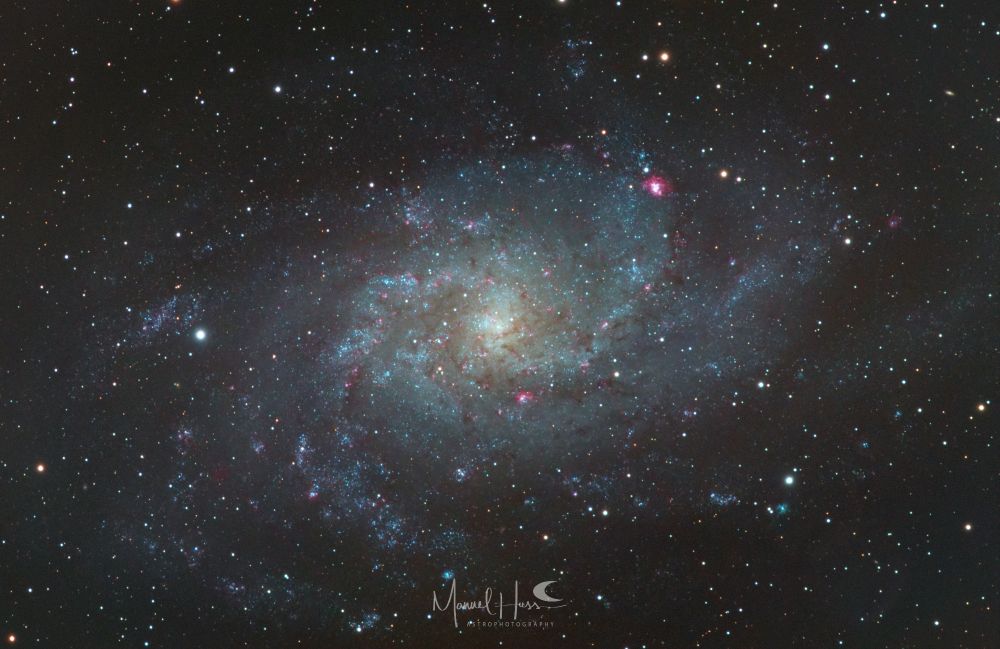Manuel Huss
@manuelhuss.bsky.social
710 followers
200 following
210 posts
Astrophotographer from Luxembourg - I like the night sky, our planet, trees, spaceships, mountainbikes and lego. I also like breathing (exercice), walking barefoot, and politics (when in the right mood)
🌍🇪🇺🇱🇺 | working @alia.lu
Posts
Media
Videos
Starter Packs


















